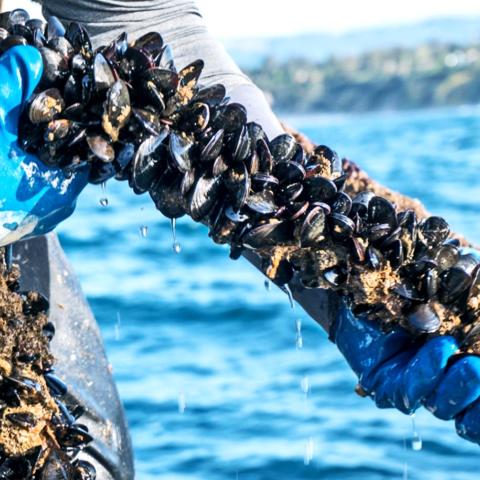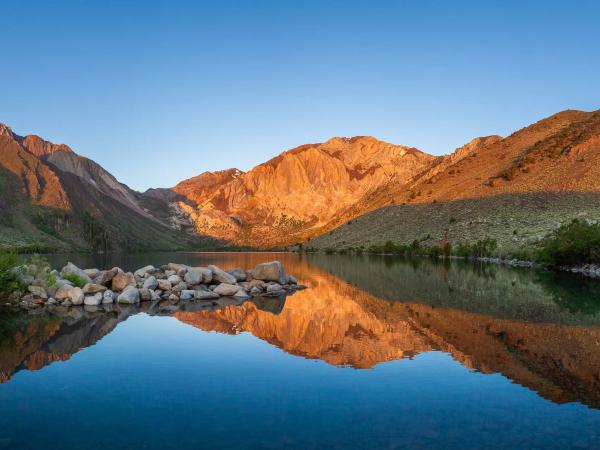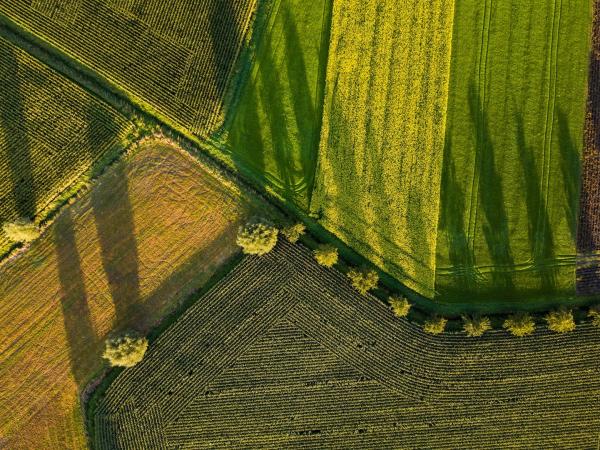
As a growing population places pressure on the world’s fisheries, aquaculture has emerged as a potential solution to the rising demand for seafood. Offshore enterprises, often called mariculture, have gained popularity on this front. But selecting a site for a farm is a complex matter involving a variety of different factors.
Now researchers at UC Santa Barbara have examined how long-term oceanographic cycles impact mariculture in Southern California. They found that decadal trends had a strong influence on mussel farm productivity in their model. Their results appear in the journal Frontiers in Marine Science.
“Fisheries have reached a production plateau, and now aquaculture is a promising solution for the future of seafood,” said lead author Jade Sainz. But, not all aquaculture ventures have the same impact on the environment, and she wants to ensure the practice becomes a solution to issues facing the ocean, rather than another problem. Before starting her doctoral program at the Bren School, Sainz worked in the aquaculture division of Mexico’s National Commission of Fisheries.
“When you are going to do aquaculture in the ocean you’re looking for the best site,” she said. “And what’s the best site? Well it’s an interplay between many variables.” Local conditions — like temperature, topography and currents — affect the animals, and the farmers have practical considerations as well, such as distance from shore and availability of space.
Sainz was curious how a location’s suitability might change after factoring in variability from long-term oceanographic cycles. She also wanted to find out which trends have the largest impact on productivity.
Of the major cycles that influence conditions in the Southern California Bight, many who live in the region are familiar with the El Niño Southern Oscillation, which brings warmer, wetter conditions to California every half decade or so. Water temperature also fluctuates in a cycle known as the Pacific Decadal Oscillation, which can last anywhere from a few years to multiple decades. By tracking sea surface height, scientists can detect yet another pattern, the North Pacific Gyre Oscillation, which has profound effects on the ocean’s biology, chemistry and physics, particularly along the California coast.
Read full story at: The UCSB Current
Credit: Harrison Tasoff


